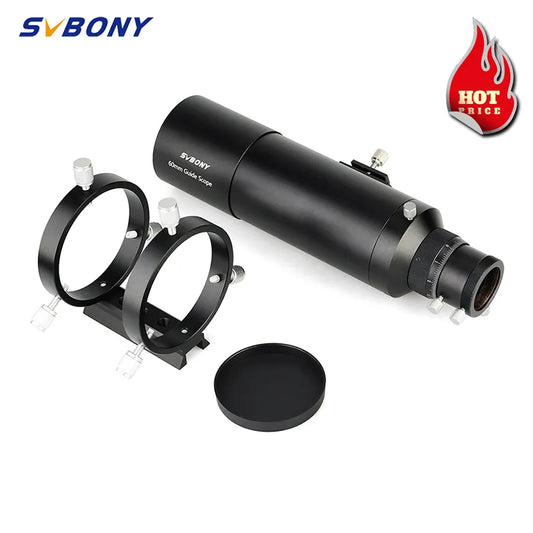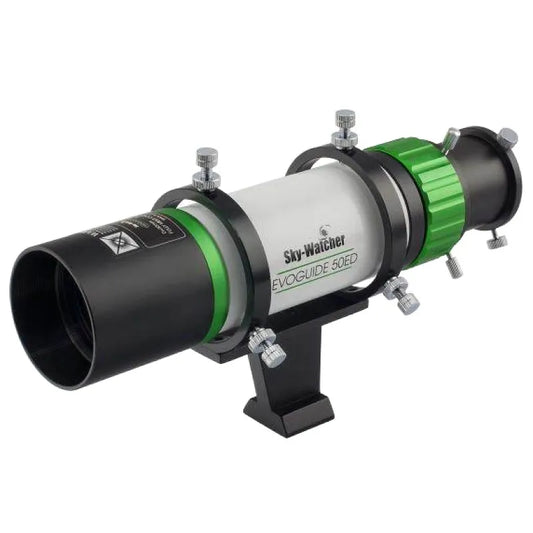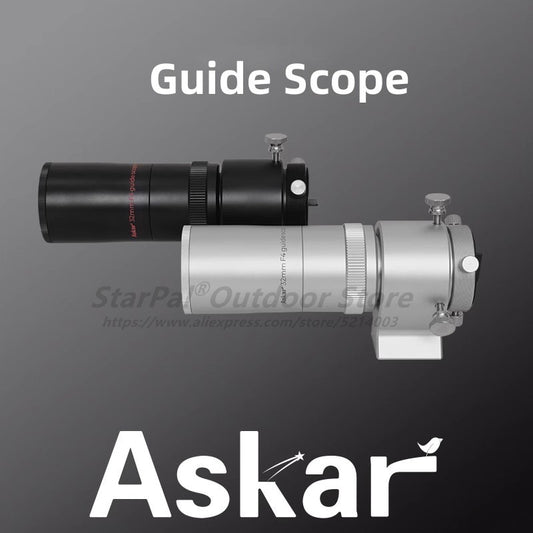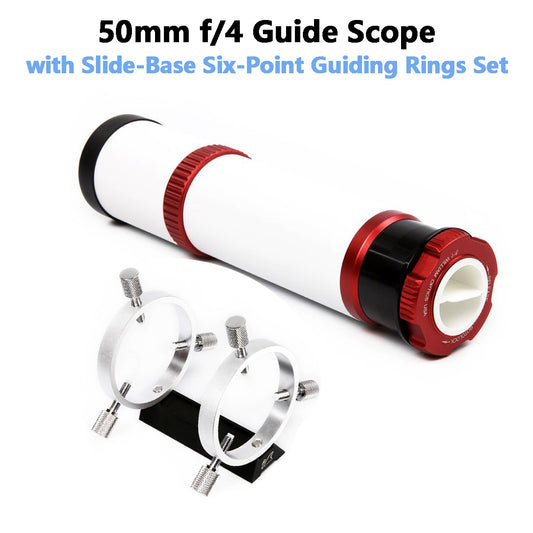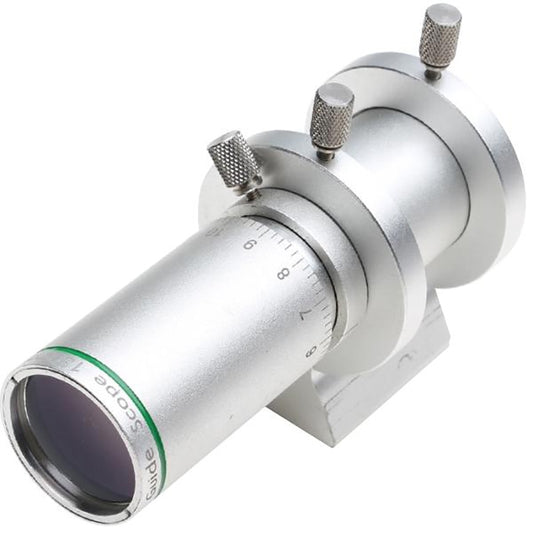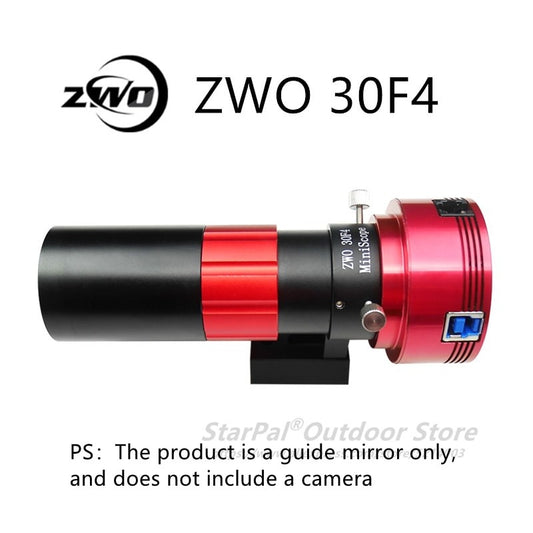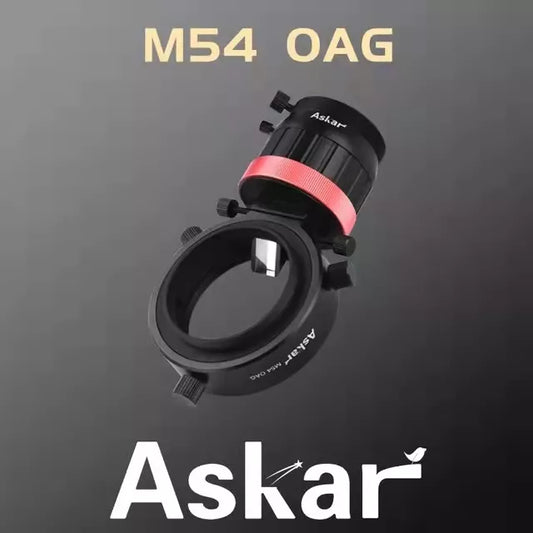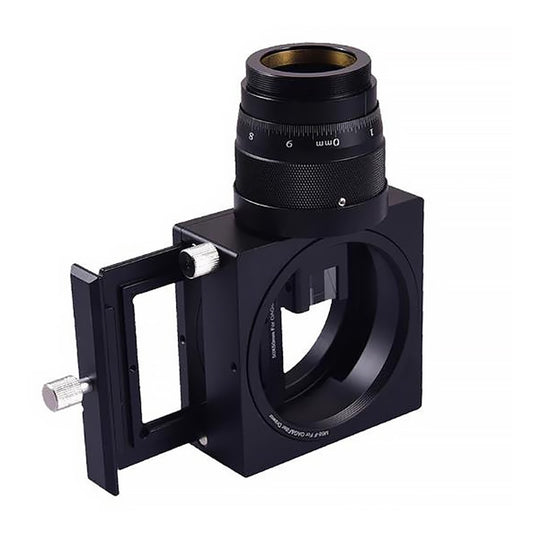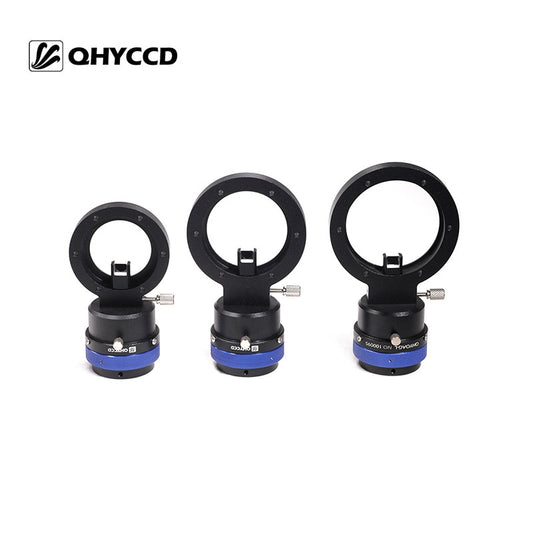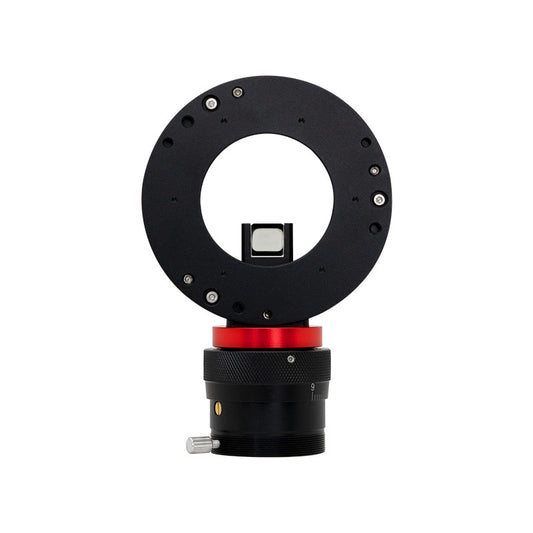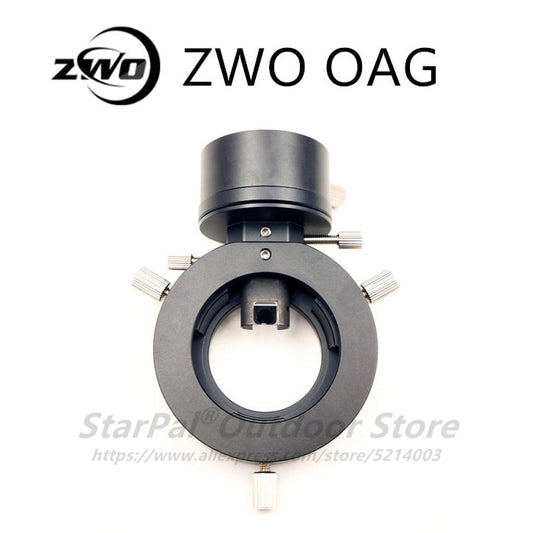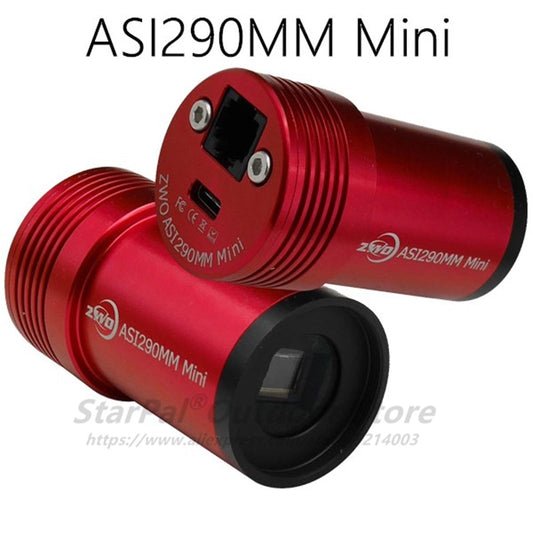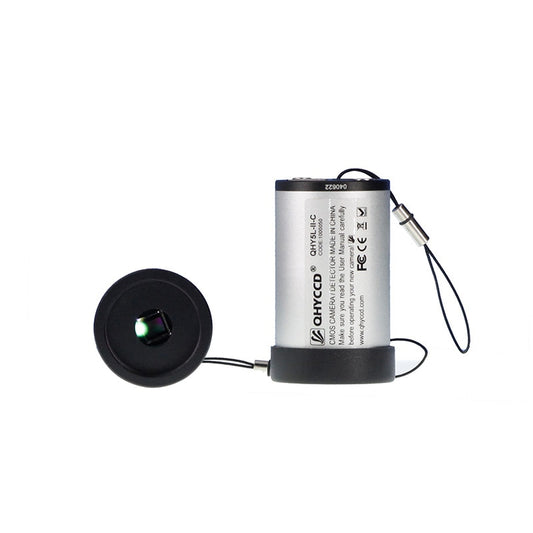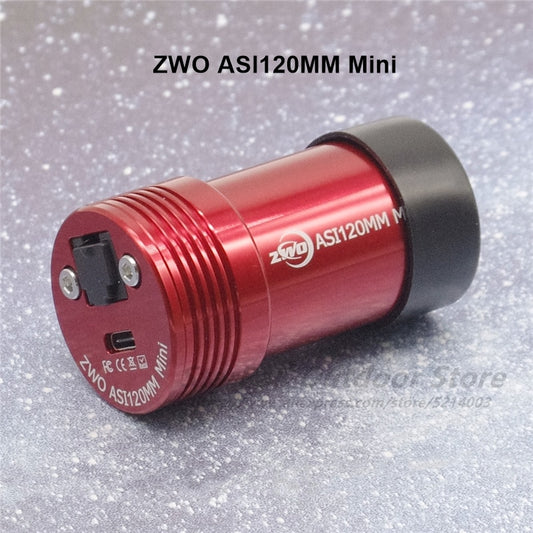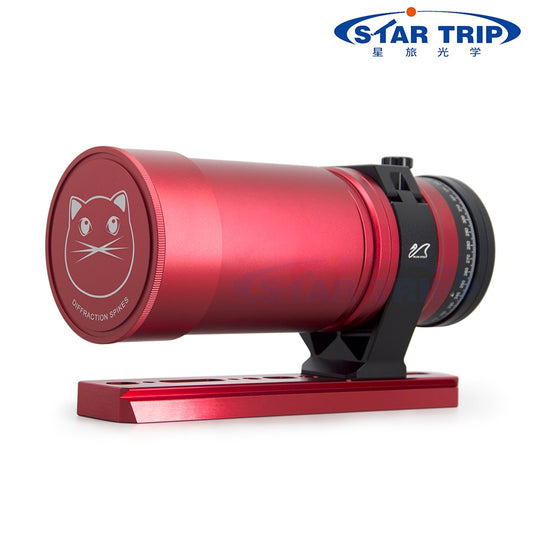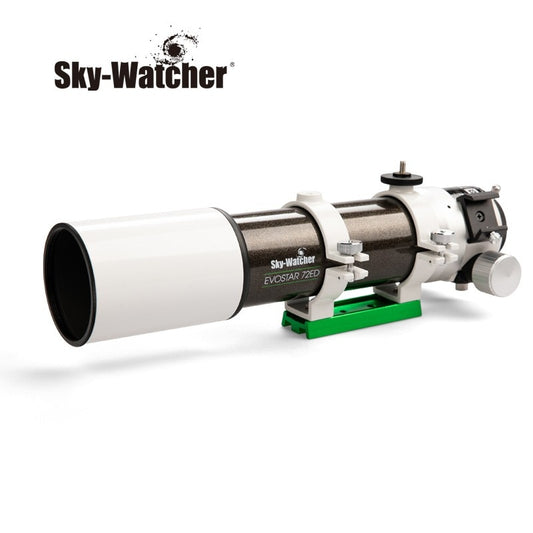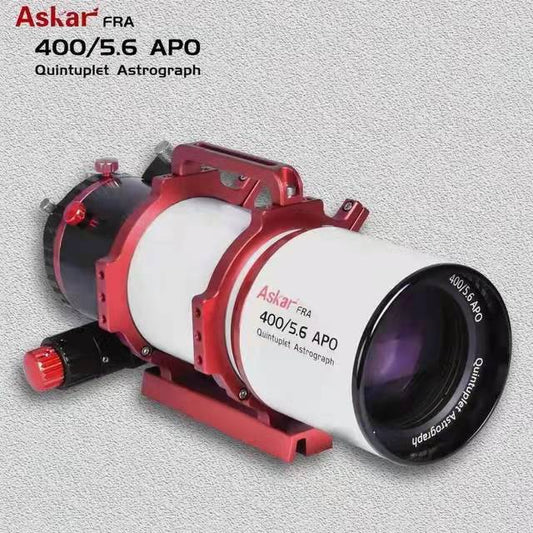Astrophotography is a fascinating hobby that allows you to capture stunning images of the night sky. However, getting those clear and detailed shots of celestial objects is not an easy feat, especially for beginners. One of the common questions among astrophotography enthusiasts is whether or not they need a guide scope. In this article, we'll discuss what a guide scope is and whether or not you need one for astrophotography.
What is a guide scope?
A guide scope is a small telescope that's mounted parallel to the main telescope to help with tracking and guiding the movement of celestial objects. The guide scope is used to monitor the movement of the object being photographed and make necessary adjustments to the telescope's positioning to ensure a clear and sharp image. It is essential for capturing long exposure images of celestial objects.
Do you need a guide scope for astrophotography?
The short answer is no, you don't necessarily need a guide scope for astrophotography. You can capture some beautiful images of celestial objects with just a DSLR camera and a telescope. However, having a guide scope will significantly improve your chances of getting clear and detailed shots.
Without a guide scope, you'll have to rely on the telescope's mount to track the movement of the celestial object. However, the mount's tracking capabilities are limited and may not be precise enough to capture long exposure images. As a result, you may end up with blurry and unsharp images.
Using a guide scope will help compensate for any inaccuracies in the mount's tracking, resulting in sharper and more detailed images. Additionally, using a guide scope will allow you to use longer exposure times without introducing any significant tracking errors.
What are the benefits of using a guide scope?
Using a guide scope has several benefits when it comes to astrophotography. Firstly, it allows for more precise tracking of celestial objects, resulting in sharper and more detailed images. Secondly, it allows for longer exposure times without introducing tracking errors, resulting in brighter and more vibrant images. Finally, using a guide scope can reduce the overall amount of time required to capture an image by minimizing the need for post-processing.
What are the drawbacks of using a guide scope?
While using a guide scope has several benefits, there are also some drawbacks to consider. Firstly, guide scopes can be expensive and require additional equipment, such as a guide camera and autoguider. This can significantly increase the overall cost of astrophotography equipment. Secondly, guide scopes require additional setup time and may require additional calibration before each use. Finally, using a guide scope may not be necessary for all types of astrophotography, such as wide-field astrophotography.
Conclusion
In conclusion, while it's not necessary to have a guide scope for astrophotography, it's highly recommended. Using a guide scope can significantly improve the precision and accuracy of tracking celestial objects, resulting in sharper and more detailed images. While there are some drawbacks to using a guide scope, such as the additional cost and setup time, the benefits outweigh the drawbacks in most cases. Ultimately, it's up to you to decide whether or not a guide scope is worth the investment for your astrophotography needs.



